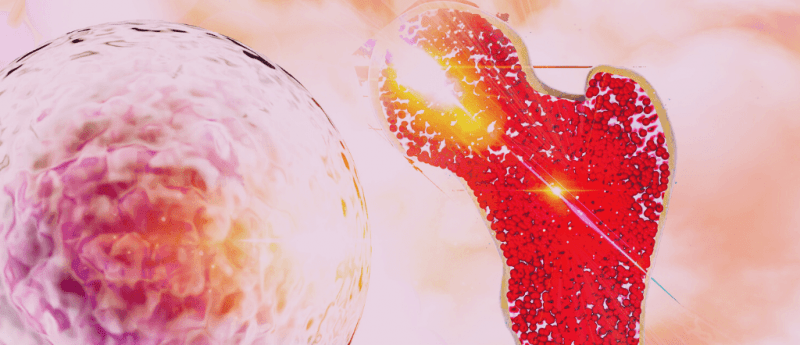Bone healing signals maintained for longer by new bandage

A new bandage has been demonstrated to absorb and maintain pro-healing signals around damaged bones to quicken recovery in mice.
A study published in Advanced Materials describes the production of a novel biomaterial bandage that is designed to trap and maintain the natural healing signal released around broken bones, in an effort to speed up and improve the healing process. The material, designed by researchers at Duke University (NC, USA), has been tested in mice and demonstrates potential for accelerating healing within the first week of treatment.
The new bandage was designed to utilize the natural adenosine signals released by the body in response to a broken bone. However, due to adenosine’s ubiquitous role throughout the body, the material had to be carefully engineered. To account for adenosine’s many roles, the team produced a material that would accumulate the naturally produced adenosine — rather than over-producing it — and slowly release the signal in a localized area, minimizing the potential side effects.
“Adenosine is ubiquitous throughout the body in low levels and performs many important functions that have nothing to do with bone healing,” explained Shyni Varghese (Duke University). “To avoid unwanted side effects, we had to find a way to keep the adenosine localized to the damaged tissue and at appropriate levels.”
While Varghese was investigating the action of other biomaterials in bone repair, she concluded that adenosine could play a vital role in their activity. Varghese discovered that the body floods the area with a high concentration of adenosine in response to injury, but this was a transient wave. After this result, the team set out to extend the length of the transient wave, prolonging the effect.
Producing a porous material, incorporated with boronates, the team were able to apply the bandages to tibia fractures and accelerate healing in their mouse models compared to untreated controls, resulting in better bone formation, volume and vascularization. As well as capturing the naturally released adenosine, the bandages were also capable of delivering pre-loaded adenosine, suggesting that they could be utilized in patients who fail to produce the signal, such as those with osteoporosis.
“Our previous work has shown that patients with osteoporosis don’t produce adenosine when their bones break,” commented Yuze Zeng, a graduate student within Varghese’s group and author of the paper (Duke University). “These early results indicate that these bandages could help deliver the needed adenosine to repair their injuries while avoiding potential side effects.”
Following their positive results, the team are looking at how the material could be further incorporated into biomedical applications, such as being biodegradable or improving efficiency.
“We’ve demonstrated that this is a viable approach and filed a patent for future devices and treatments, but we still have a long way to go,” concluded Varghese. “The bandages could be engineered to capture and hold on to adenosine more efficiently. And of course, we also have to find out whether these results hold in humans or could cause any side effects.”
Sources: Zeng Y, Shih Y, Baht G, Varghese S. In vivo sequestration of innate small molecules to promote bone healing. Advanced Materials. doi:10.1002/adma.201906022 (2019) (Epub ahead of print); https://pratt.duke.edu/about/news/bone-bandage
Have any additional questions about this story? Ask us in the comments, below.
Find out more in these top picks from the Editor:
- Tiny bubbles could help heal broken bones
- Cellular signaling drives stem cells to form bone
- The bone marrow pericyte: an orchestrator of vascular niche